Mount Abu, located in Rajasthan is a place that can be used as a getaway to escape reality and it is one of the best hill stations in Rajashthan. Since it is situated in the higher elevated ground, the place is untouched by the scorching heat. Visit here and take a peek at the lush green mountains and dense forest. You can visit Mount Abu any time of the year and it always remains chilly compared to other regions of Rajasthan.
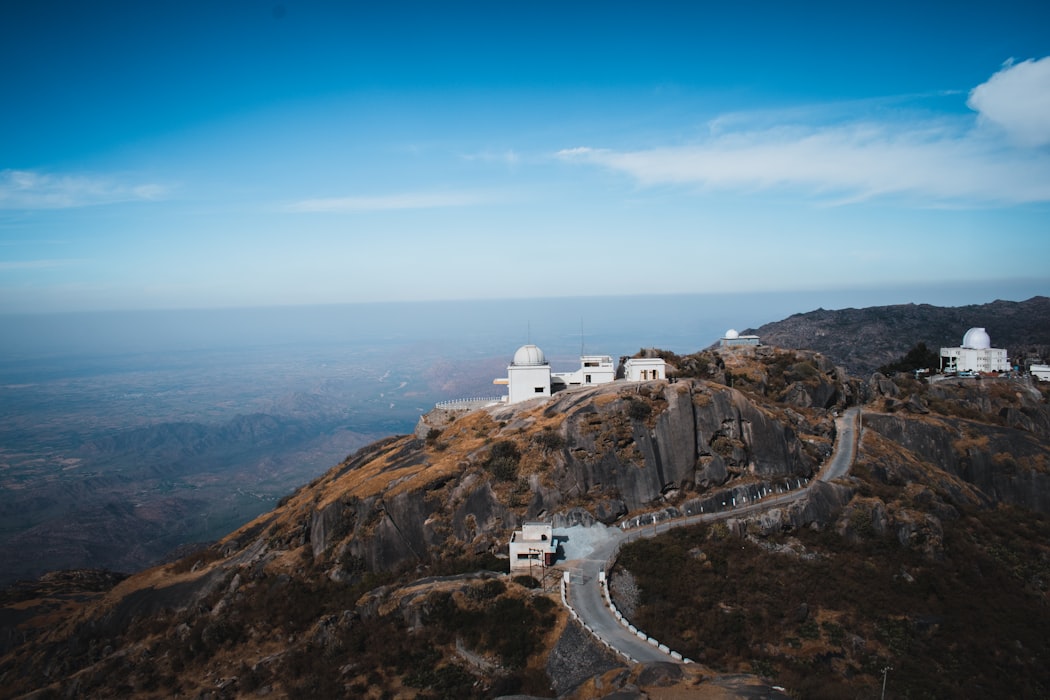
Tourists from not just India but from all around the world visit the famous Mount Abu and spend at least a good three to four days. The place is truly an escapade from reality that everyone must experience. While here, be sure to visit Mount Abu Sanctuary. Home to wild animals like leopard, striped hyena, sambar etc.
The different climates of Mount Abu
What is summer season like?
The state of Rajasthan is well known for scorching heat during the summer. But Mount Abu is one of the places you would want to visit in Rajasthan during the summer. The region offers comforting weather, not too hot nor too cold. The temperature here in the mornings is moderately warm and the evenings get pleasant making it the right time for outdoor activities.
Mount Abu hosts tons of festivals and carnivals during the summer. At any given point, the travellers re sure to find something that can keep then engaged. For example, if you are travelling during the month of March, the region celebrates the festival of Gangaur. If you are visiting in the month of June, be a part of another famous festival called the Summer Festival held there. Most of these festivals are usually two days long filled with music, dance, fun and frolic.
The number of travellers visiting Mount Abu is quite high in summer. Everyone wants to run away far from scorching heat and they head towards this quick and beautiful place.
What is monsoon season like?
Monsoon in Rajasthan is a wonderful time to visit the region of Mount Abu. The place receives relatively less rainfall compared to the districts in Rajasthan. During the monsoon, the entire region – valleys, landscapes are bathed in chill rainwater, making the place bright green in colour and fresher. The entire region becomes a little more romantic than the usual making it a place to fall in love with.
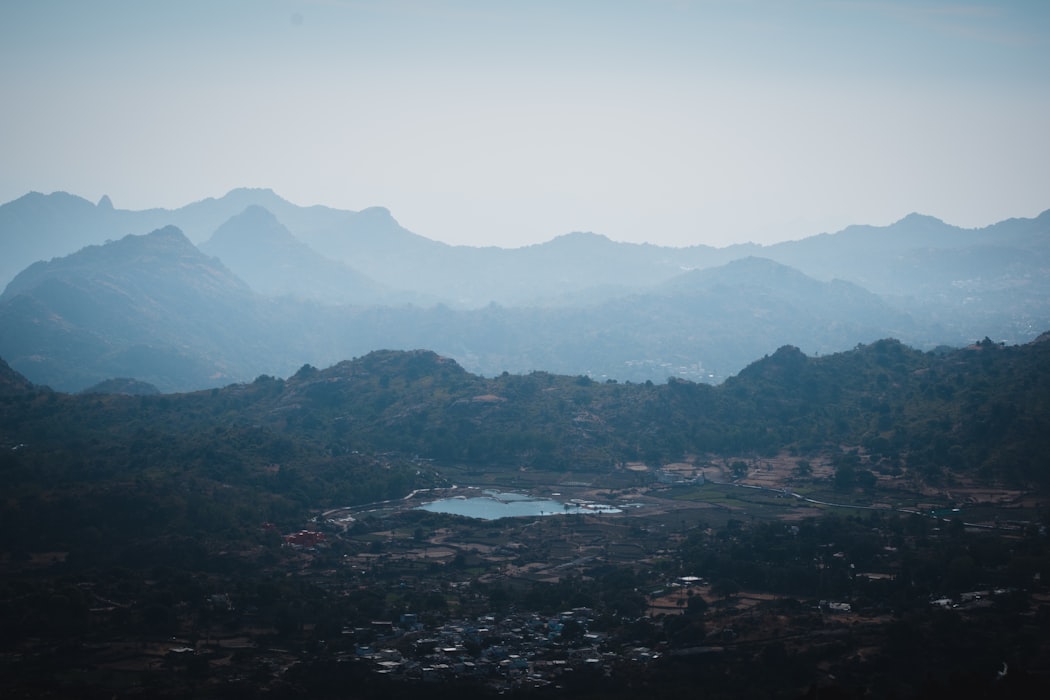
Visiting here during the monsoon will provide with one of a kind experience. Go on long walks and enjoy nature while it is calm and best. Monsoon is the best season to enjoy a long walk in the sparkling mountains and have a picnic for lunch. If you are someone who loves to spot birds, then do it here while you hear the birds chip to the raindrops.
Like mentioned, with slight rain pour, the mountains pop out the colour green as they get drenched. You can see Mount Abu in a whole new perspective that will make you fall in love with the mountains if not already. Visiting the place during monsoon may be low key but can be filled with fun for couples.
What is winter season like?
Winters in Mount Abu are nothing like any other district in the state of Rajasthan. Though there is no snow or snowfall in the Mountains of Abu, the weather here gets a perfect level of coldness. Due to its frosty peaks in the winter, there are several myths related to snowfall. In reality, there have never been snowfalls in Mount Abu. Though there is no snow up there, the climate there is quite chill making it a favourite destination for the people of Rajasthan and India. The temperature here does not drop below 12-degree Celsius which makes it perfect for tourists travelling from other regions stay comfortable.

Winters are known to be one of the best time to visit Mount Abu. For those who plan on honeymooning at Mount Abu, we suggest you drop by here during winter so you can warm up and be cosy. Exploring the town is pretty nice during the winter season. Not just that, like every other season, people of Mount Abu celebrate winter by organising the Winter Festival. A three-day-long festival that happens in December annually. Take part in the festival that exhibits the traditions and cultures of the people of Rajasthan. With a number of sports events, music and performances, you are sure to be glued to your seat. Enjoy the surroundings with some yummy food and drinks to your tummy.
Places to visit in Mount Abu
- Dilwara Temples
- Mount Abu Wildlife Sanctuary
- Guru SHikar
- Lake Nakki
- Achalgarh Village
- Toad Rock
- Arbuda Devi Temple
- Raghunath Temple
- Trevor’s Tank
- Brahma Kumari Ashram
- Honeymoon Point
- Sunset Point
- Gaumukh Temple
- Local Market
Things to do in Mount Abu

- Go for boat rides at Lake Nakki.
- Try adventure sport rappelling at Mount Abu. Rappelling refers to bike sport where you will be riding a bike from a steep plane and going down the mountain.
- Spend your day by trekking or rock climbing at Mount Abu.
- An amazing thing about Mount Abu is you can spend your early mornings by going on a hot air balloon ride.
- If you are too lazy for a morning ride, why not try horse riding.
Tips
- Check the weather for a week right before your trip.
- Carry weather-appropriate clothing and shoes.
- We suggest you carry good cameras along.
- Being a pilgrimage region, you’ll have a wide range of veg restaurants, so food won’t be a problem there.
- If you are planning to get some souvenir, we suggest you buy the famous handlooms and handicrafts made by the locals.
Visit the frosty terrains of Mount Abu and explore the wonderful land. With Pickyourtrail, choose from a hundred different Rajasthan packages available on our website and travel hassle-free. Unsure of what to do and where to go? No worries. Unwrap the world with Pickyourtrail.
Related Itineraries
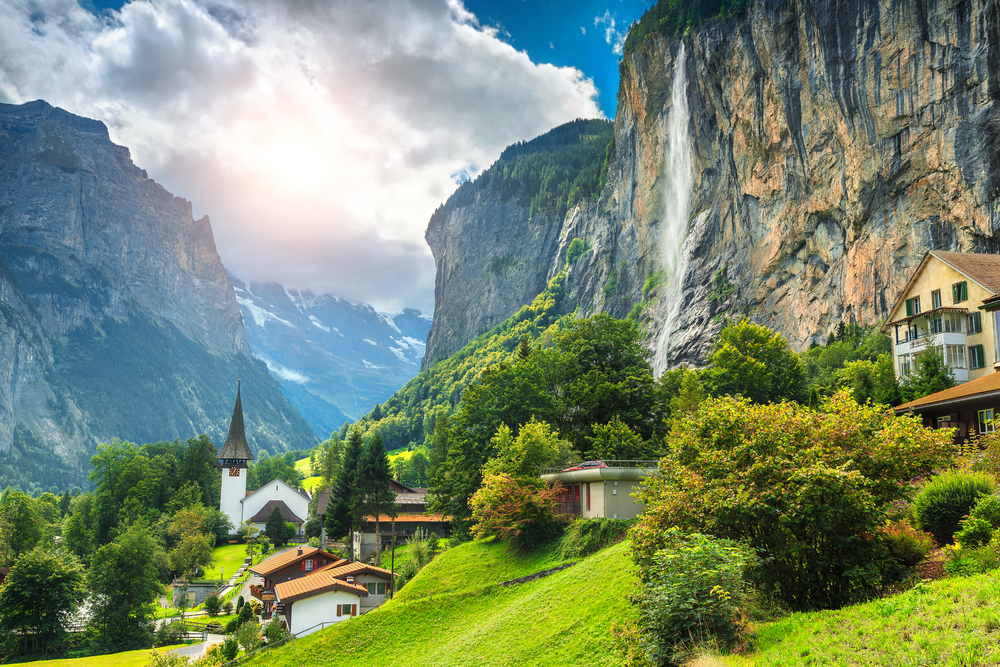
Relaxing 7 day Switzerland itinerary for the Honeymoon travellers
- Flights excluded
- 4 star accommodations
- 6 activities
- Private transfer
₹ 2,20,885
Starting price/person
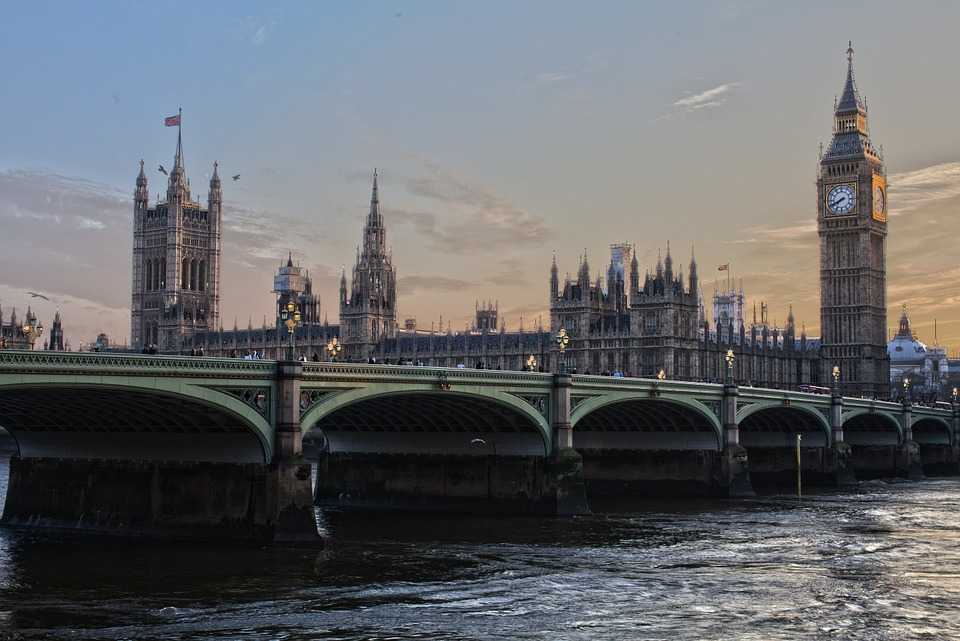
London Dreams: Stay in London and wander around for 6 night stay
- Flights excluded
- 3 star accommodations
- 7 activities
- Shared transfer
₹ 1,07,442
Starting price/person
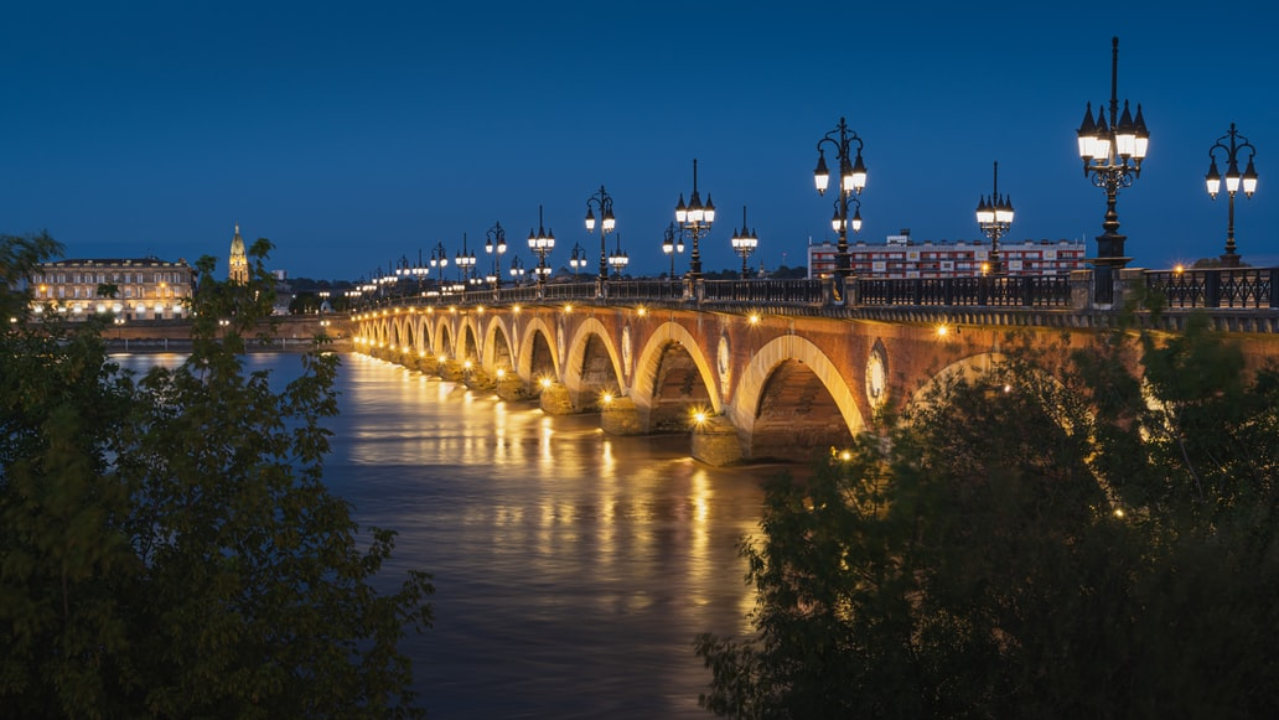
Beautiful 9 Nights France Tour Packages
- Flights excluded
- 3 star accommodations
- 6 activities
- Shared transfer
₹ 52,649
Starting price/person
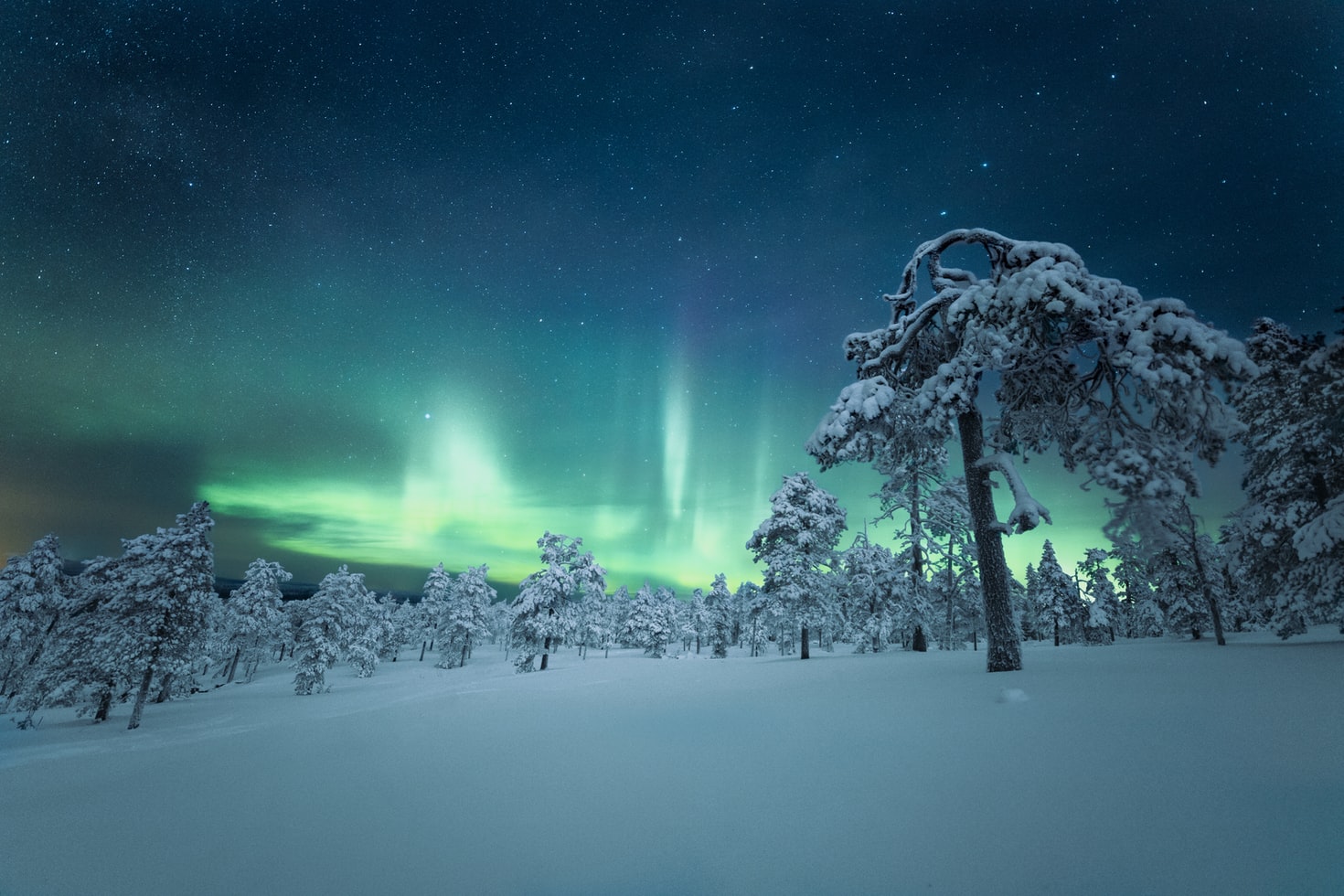
Stunning 6 Nights Northern Lights Packages
- Flights excluded
- 2.5 star accommodations
- 3 activities
- Transfers excluded
₹ 64,954
Starting price/person
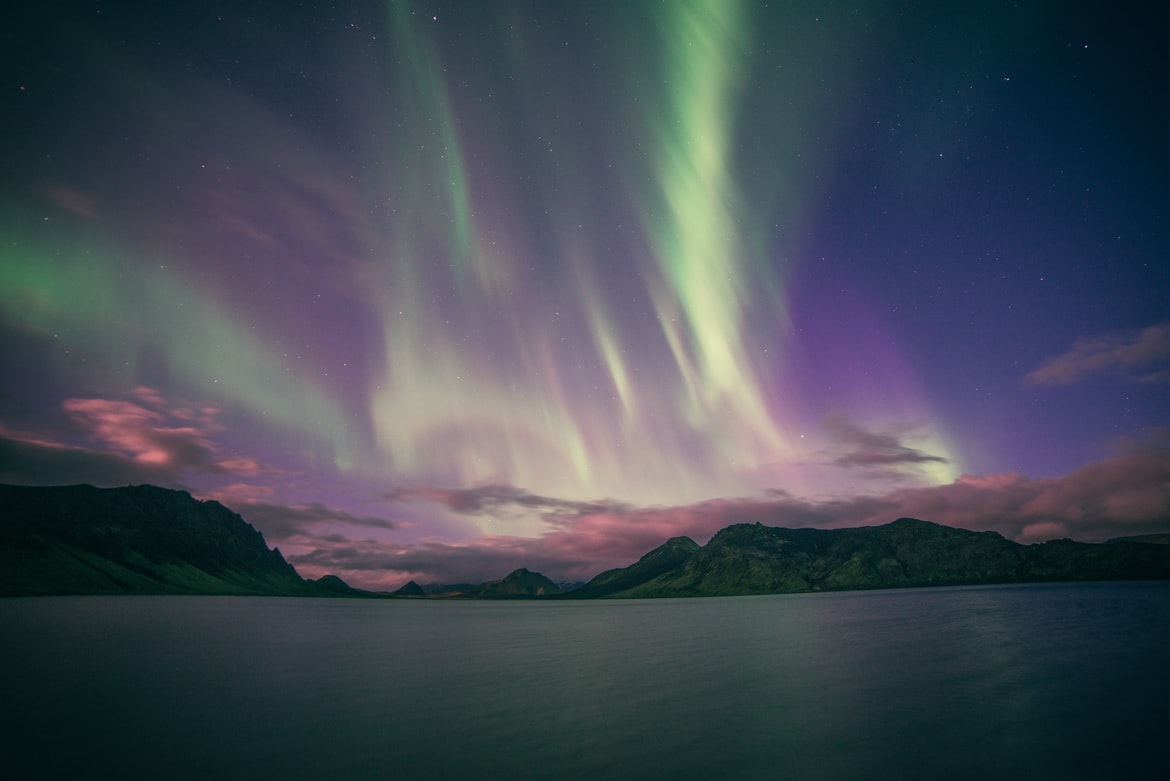
Fantastic 6 Nights Finland Northern Lights Tour Package
- Flights excluded
- 4 star accommodations
- 2 activities
- Shared transfer
₹ 69,369
Starting price/person
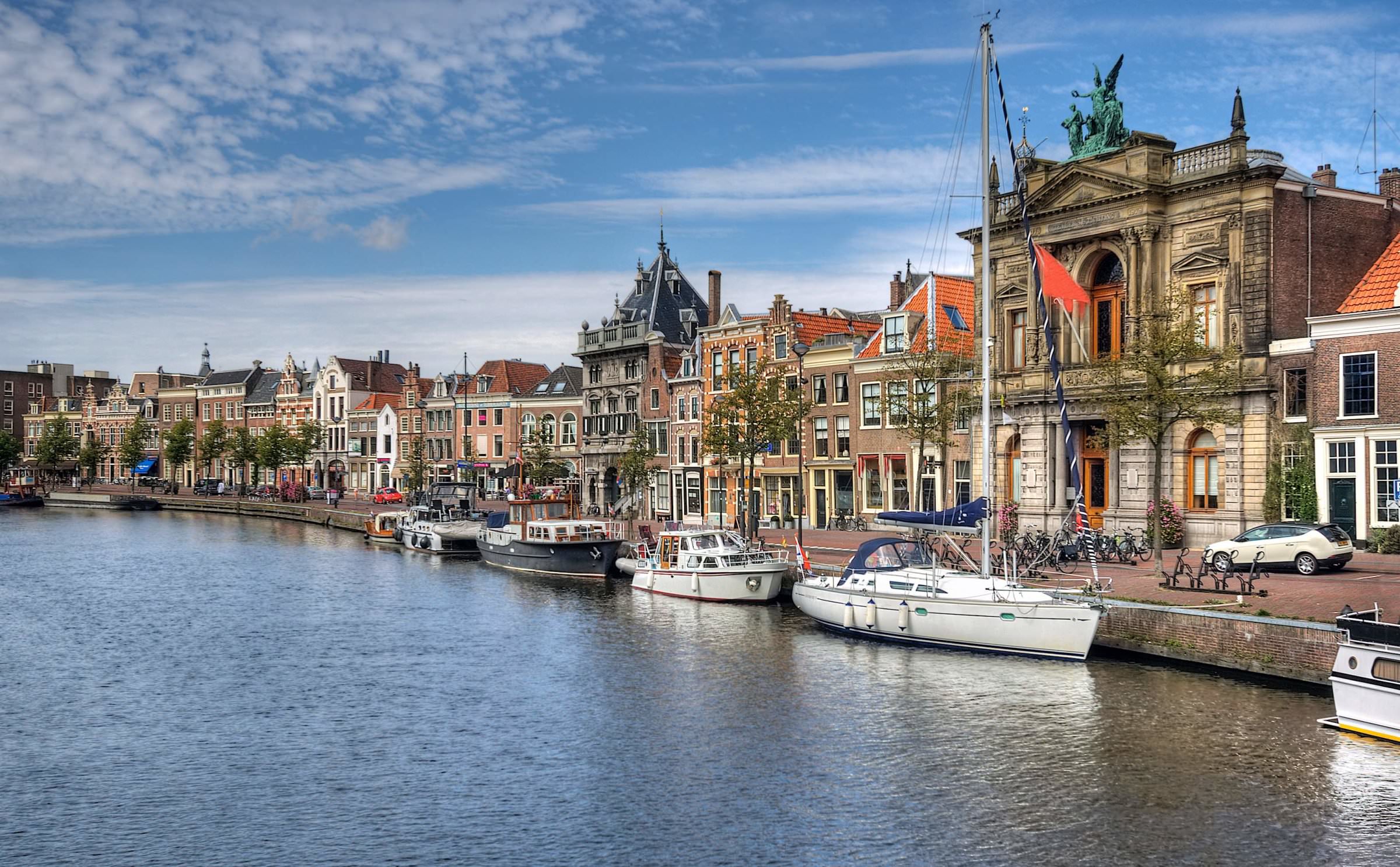
Amazing 10 Nights Netherlands Trip Package
- Flights excluded
- 2 star accommodations
- 9 activities
- Private transfer
₹ 52,895
Starting price/person

Magical 10 Nights Spain Tour Package
- Flights excluded
- 4 star accommodations
- 9 activities
- Shared transfer
₹ 1,17,742
Starting price/person

Europe Tour Packages For 6 Nights
- Flights excluded
- 4 star accommodations
- 7 activities
- Shared transfer
₹ 52,876
Starting price/person

Europe Trip Packages For 10 Nights
- Flights excluded
- 4 star accommodations
- 9 activities
- Shared transfer
₹ 73,921
Starting price/person
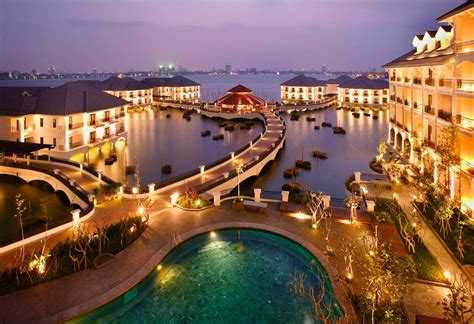
Romantic 8 Nights Bali and Vietnam Honeymoon Packages
- Flights included
- 4 star accommodations
- 6 activities
- Shared transfer
₹ 99,947
Starting price/person



